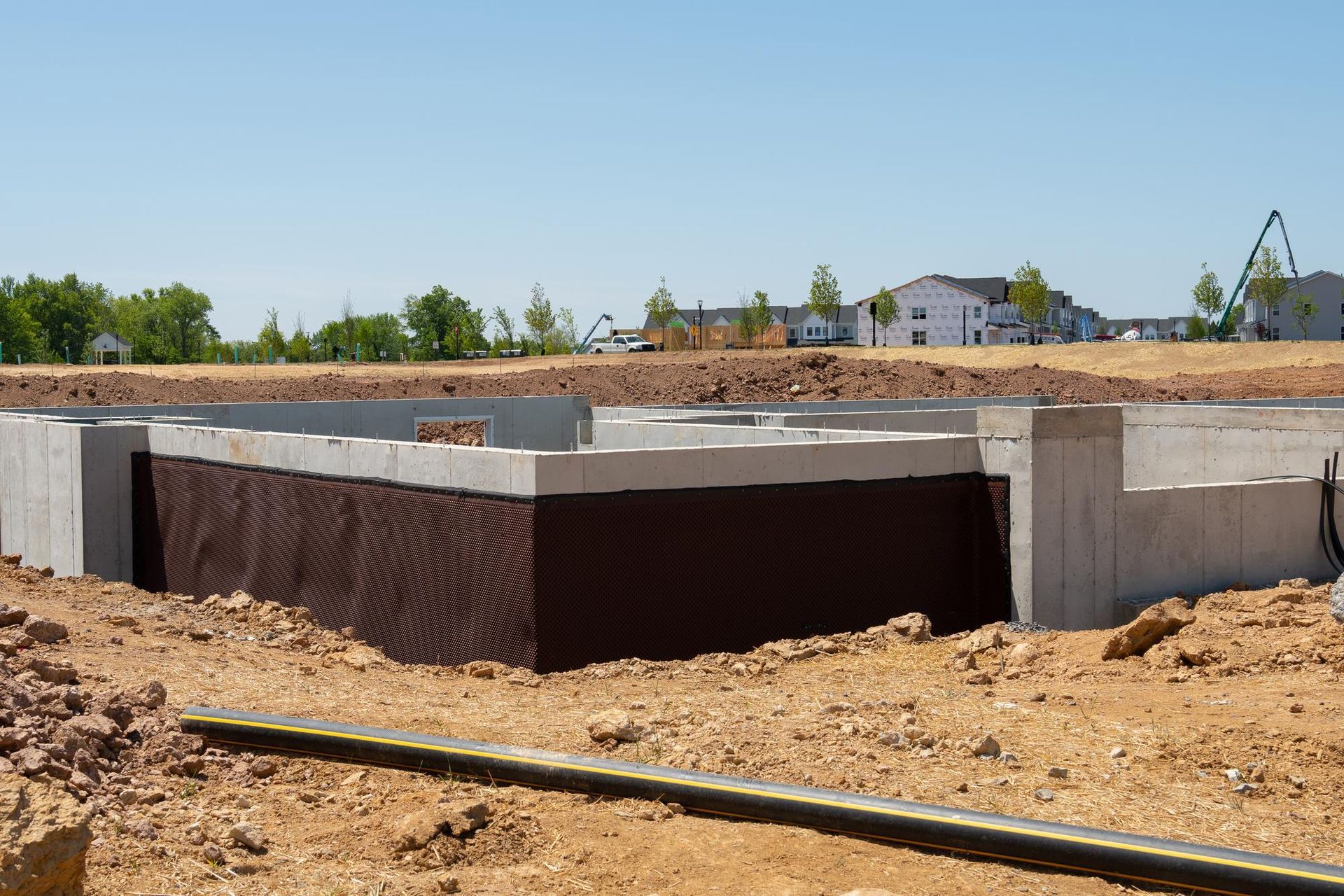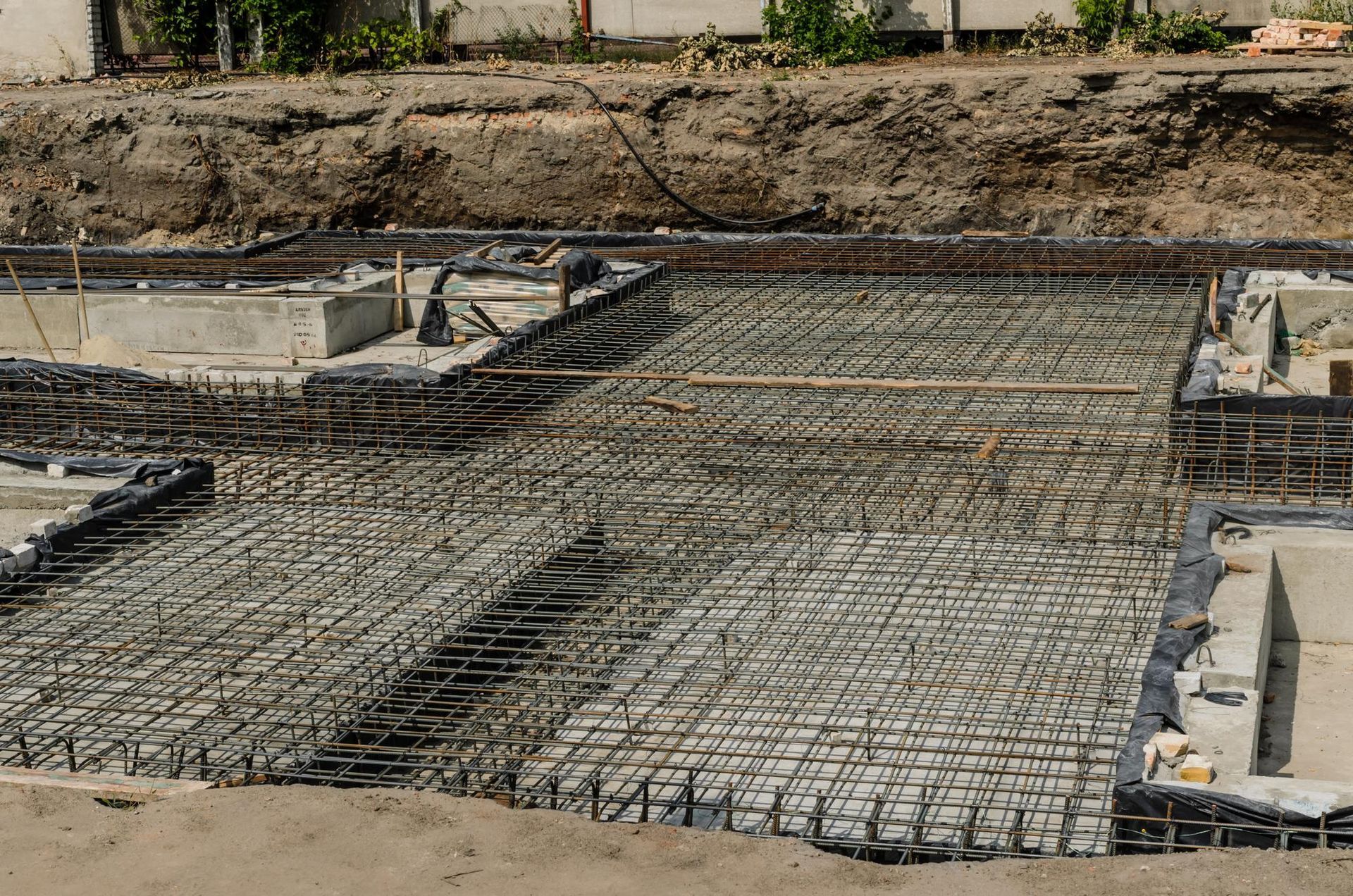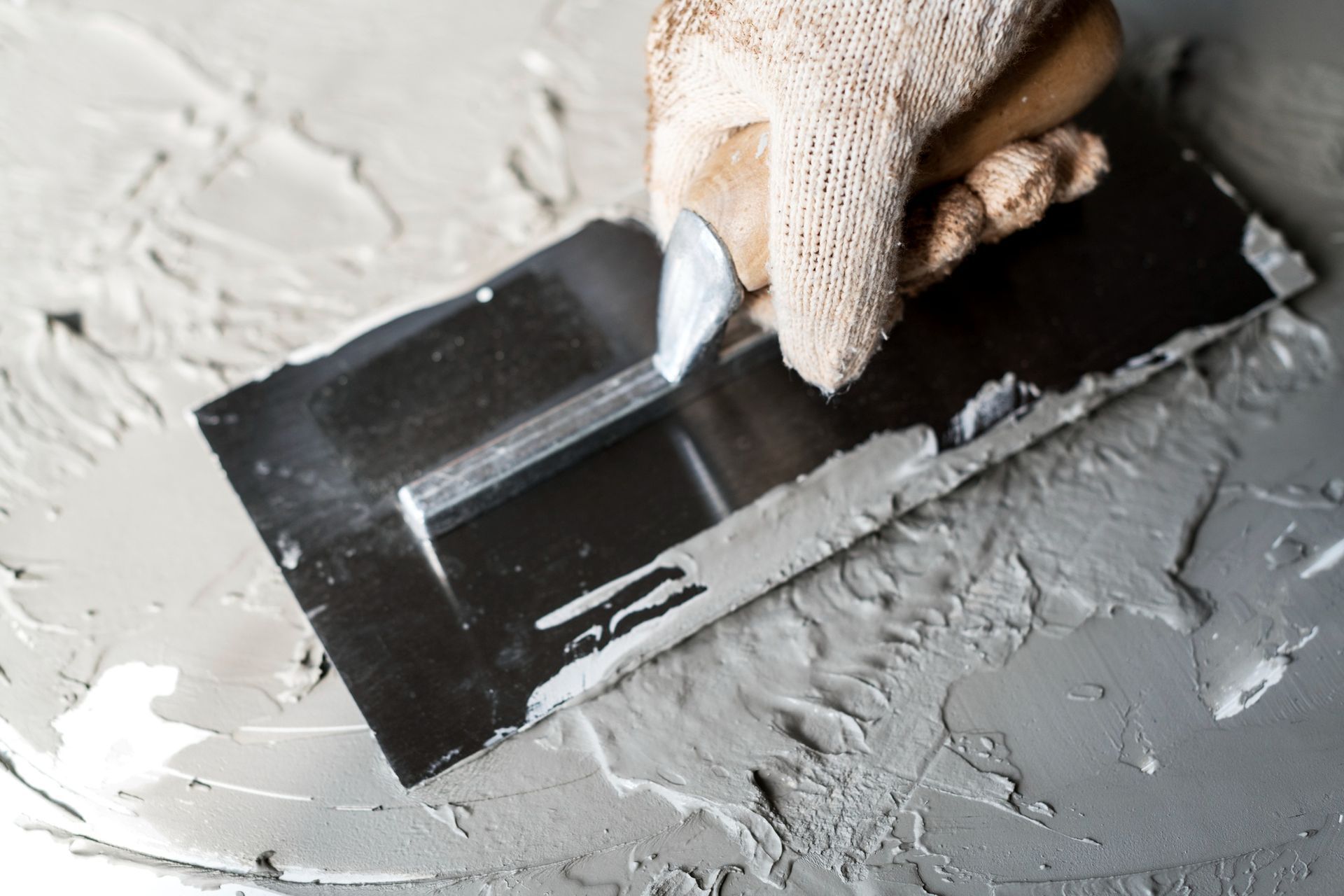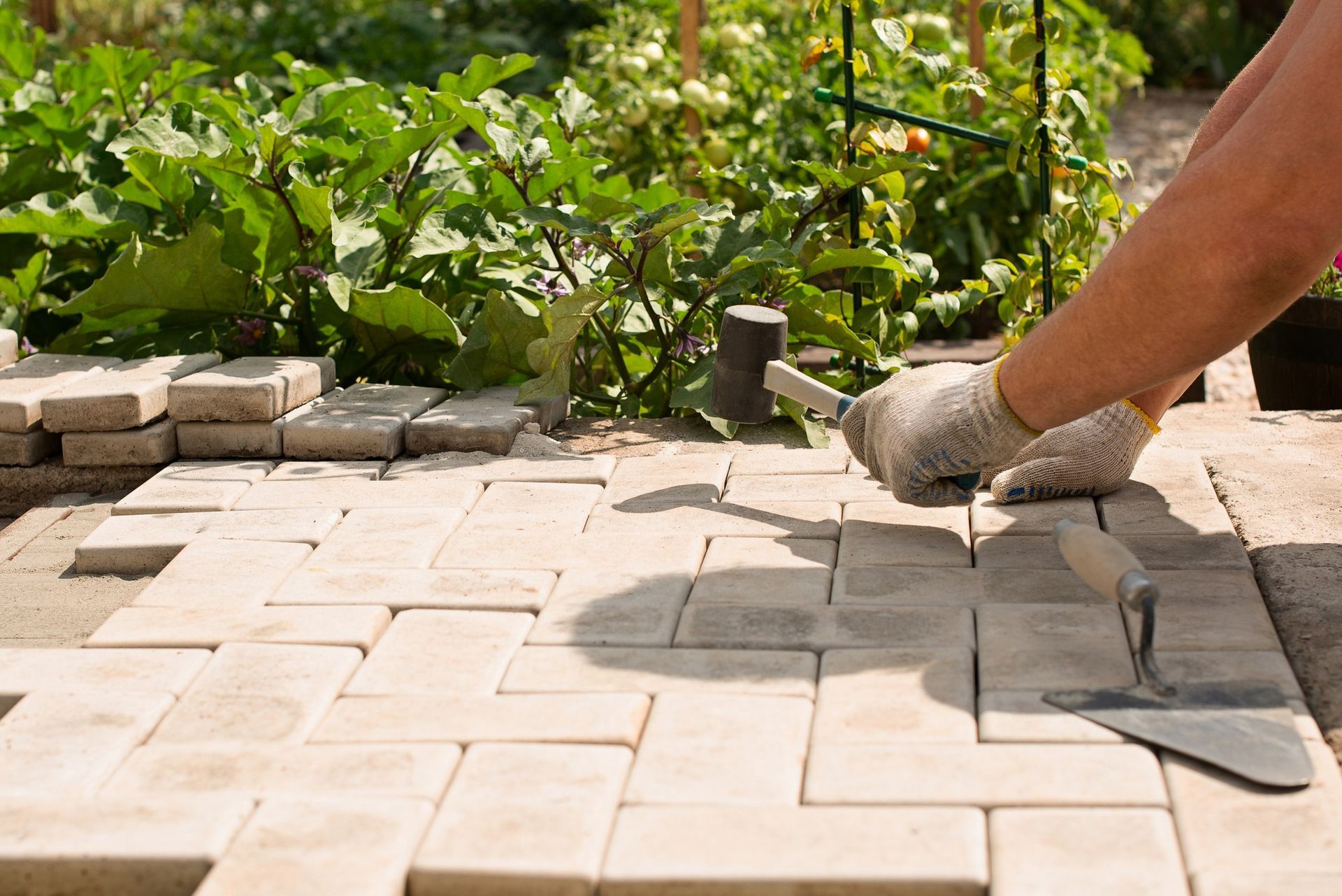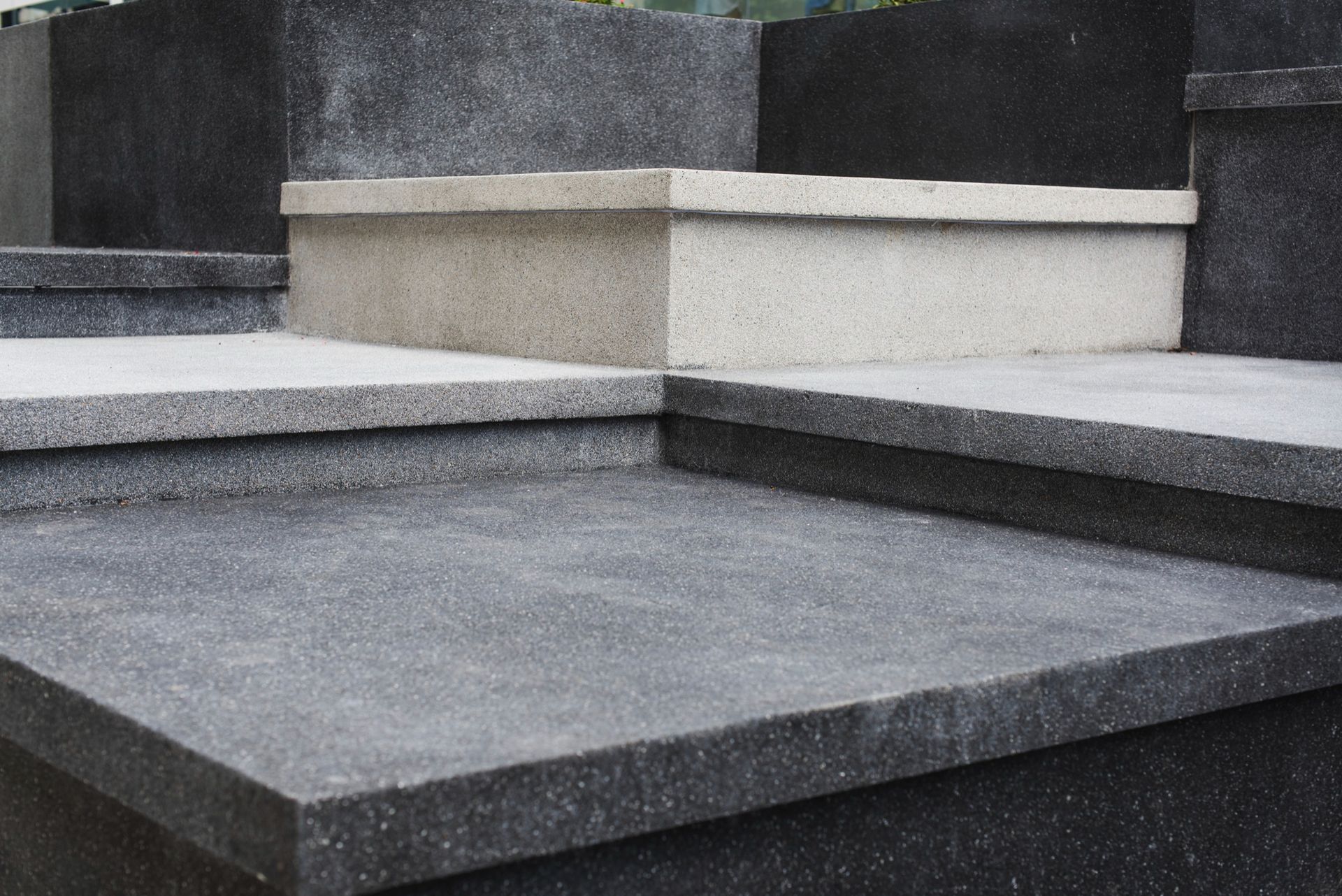Top Concrete Foundation Repair Methods for 2024 Homes
In the ever-evolving landscape of home maintenance, one aspect remains perennially critical - the integrity of your home's foundation. As we step into 2024, it's crucial to understand the best practices in concrete foundation repair. This not only ensures the longevity of your home but also safeguards the safety and comfort of its inhabitants. With advancements in technology and methodology, concrete foundation repair has evolved, offering more efficient and long-lasting solutions. In this article, we'll delve into the top methods for repairing concrete foundations, tailored specifically for homes in 2024.
Understanding Concrete Foundation Damage
The foundation of a home is its bedrock, both literally and figuratively. When it comes to concrete foundations, several issues can arise, including cracks, leaks, and uneven settling. These problems are often caused by a variety of factors such as soil conditions, extreme weather, and natural wear and tear over time. Spotting early signs of foundation damage is key. Cracks in walls or floors, doors that won't close properly, and uneven floors are red flags that your foundation might need attention. Recognizing these signs early can make concrete foundation repair more manageable and less costly.
2024 Innovations in Concrete Foundation Repair
As we embrace 2024, the field of concrete foundation repair is witnessing significant innovations. These advancements are not just about fixing existing problems but also about preventing future issues. New materials and techniques are more sustainable, efficient, and cost-effective, offering homeowners better options for repairing their foundations. These innovations are a game-changer in the industry, making repairs less invasive, quicker, and more durable.
Top Repair Methods for Concrete Foundations in 2024
The landscape of concrete foundation repair is constantly evolving, and as we enter 2024, several methods have risen to the forefront due to their effectiveness, efficiency, and innovative approach. Here's a closer look at these top methods:
- Epoxy Injection: This method has become increasingly popular for its simplicity and effectiveness. Epoxy injection is best suited for repairing cracks in the foundation that haven't compromised the structural integrity of the building. The process involves cleaning the crack and then injecting an epoxy resin. Once cured, the epoxy provides a strong, waterproof seal. It's a quick, cost-effective solution ideal for minor, non-structural repairs.
- Polyurethane Foam Injection: Similar to epoxy injection, this method involves injecting a special polyurethane foam into the cracks or voids in the foundation. The foam quickly expands and hardens, filling the space and sealing against water and soil gases. The major advantage of this method is its flexibility; the foam can fill irregular shapes and spaces, making it ideal for complex crack patterns often found in aging foundations.
- Carbon Fiber Reinforcement: Recognized for its strength and durability, carbon fiber reinforcement is a modern solution for bowing or cracked foundation walls. Carbon fiber strips are bonded to the foundation wall using an industrial-grade adhesive. Once set, they provide significant tensile strength, preventing further movement and stabilizing the wall. This method is less intrusive and more aesthetically pleasing compared to traditional steel beam reinforcement.
- Piering and Underpinning Techniques: These methods are essential for addressing issues like foundation settling or sinking. They involve the installation of mechanical footings or piers beneath the foundation to stabilize and, in some cases, lift the structure back to its original level. The two main types are helical piers, which are screwed into the ground, and push piers, which are driven into the soil. This method is highly effective for significant structural repairs and is often used in both residential and commercial properties.
- Slabjacking or Mudjacking: This method is a practical solution for sunken concrete slabs. A mixture of soil, cement, and other materials (often referred to as "slurry") is injected beneath the slab, raising it back to its original position. Slabjacking is less expensive and less disruptive than complete slab replacement. It's an ideal choice for sunken sidewalks, driveways, and other concrete surfaces.
Each of these methods offers unique benefits and is suitable for different types of foundation issues. The choice of method depends on the specific problem, the structure's condition, and the homeowner's budget and preferences. With the advancements in 2024, homeowners have access to a range of effective and sustainable options for concrete foundation repair.
Choosing the Right Method for Your Home
Deciding on the appropriate concrete foundation repair method for your home is crucial and depends on various factors. The type of damage your foundation has sustained, the soil conditions surrounding your home, and your budget are all important considerations. While some methods are more suited for minor cracks and preventative care, others are necessary for more serious structural issues. It’s vital to get a professional assessment to understand the extent of the damage and the best course of action. In 2024, with the advancement in diagnostic tools, getting an accurate assessment has become more precise, ensuring that homeowners can choose the most effective repair method.
Maintenance Tips to Prevent Future Foundation Damage
Concrete foundation repair can be a significant investment, so it’s important to take preventative steps to avoid future issues. Regular checks of your foundation can help catch problems early, when they are easier and less expensive to fix. Look out for new cracks or changes in existing ones, water damage, or signs of uneven settling. Simple measures like ensuring proper drainage around your home can also go a long way in preventing foundation damage. Keeping gutters clean and ensuring downspouts direct water away from the foundation are easy steps that can have a big impact.
Conclusion
As we move through 2024, staying informed about the best practices in concrete foundation repair is more important than ever. With the right knowledge and the help of professionals, you can ensure that your home’s foundation remains solid and secure for years to come. Remember, the foundation is the most crucial part of your home’s structure - taking care of it is not just a matter of repair, but a commitment to the safety and longevity of your home.
Remember, if you notice any signs of foundation damage, it’s important to act quickly. The sooner you address these issues, the easier and more cost-effective the repairs will be. So, keep an eye on your foundation, and don't hesitate to reach out to a concrete foundation repair professional if you have any concerns.
If you’re noticing signs of foundation damage or just want peace of mind about the state of your home’s foundation, now is the time to act. At
Bri-Mic Construction, Inc., we specialize in concrete foundation repair, offering professional assessments and discussing the best repair options for your home. Located in North Collins, NY, our team of experts is well-versed in the latest techniques and innovations in
foundation repair.
Don't wait until small issues become major problems. Ensure the stability and safety of your home by addressing your
concrete foundation repair needs today. With our extensive experience and commitment to quality, Bri-Mic Construction, Inc. is your go-to service provider for all your
foundation repair needs.
Contact us at
716-337-0500 for a consultation. Let us help you protect your most valuable asset - your home - with effective, reliable foundation repair solutions.

